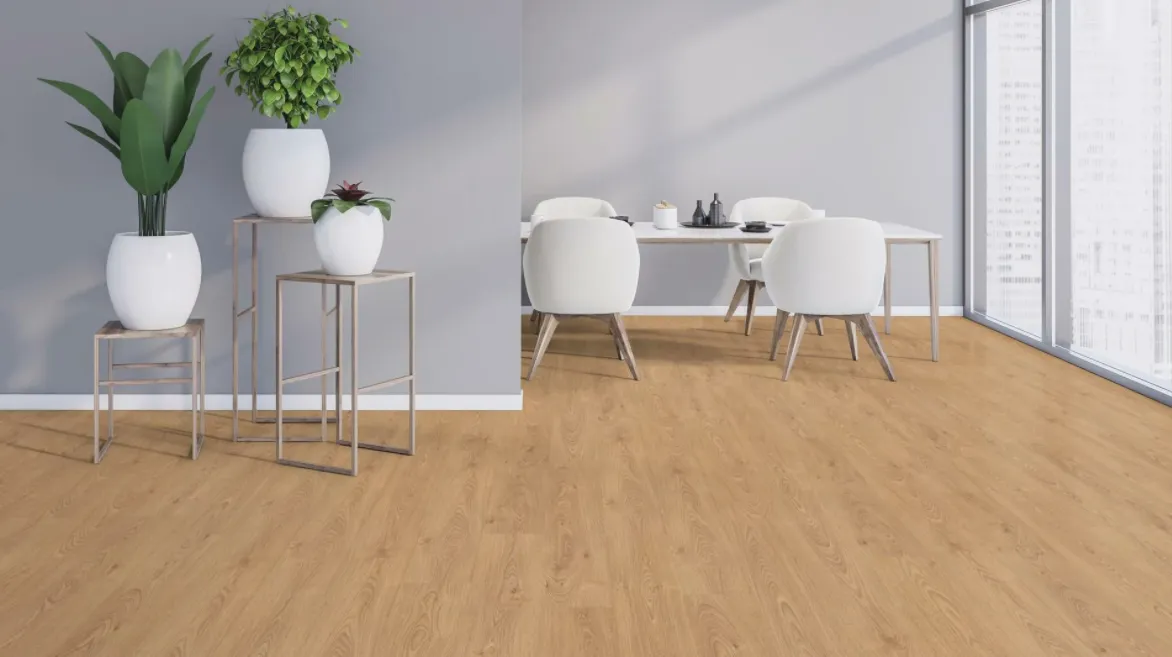Effective Techniques for Installing Commercial Flooring Solutions for Businesses
The Importance of Commercial Floors Installation
When it comes to commercial spaces, the flooring choice is often overlooked, yet it plays a crucial role in defining the atmosphere, functionality, and overall aesthetic of a business. Whether in a retail store, office, or industrial facility, the quality and type of flooring can directly impact customer experience, employee productivity, and even maintenance costs. This article explores the significance of professional commercial floors installation, various flooring options, and considerations for a successful project.
Why Professional Installation Matters
Opting for professional installation of commercial flooring ensures that the material is laid correctly and complies with local codes and regulations. Trained installers have the right expertise and tools to handle the unique challenges that commercial settings often present, such as heavy foot traffic, furniture placement, and heavy machinery. Their experience minimizes the risks of mistakes that can lead to costly repairs and replacements later on.
Furthermore, professional installers are familiar with the various types of subfloors and can accurately assess whether additional preparation is needed before installation. Proper surface preparation, including leveling and moisture testing, is essential for preventing issues like buckling, warping, or mold growth that can arise from poor installation practices.
Choosing the Right Flooring Material
There is a wide array of flooring options available for commercial spaces, each with its advantages and disadvantages
. Some of the most popular materials include1. Carpet Tiles Ideal for offices and retail spaces, carpet tiles are versatile, easy to replace, and provide sound absorption. They offer a variety of designs, colors, and textures, making it easy to create a unique look while maintaining comfort underfoot.
2. Vinyl Flooring Known for its durability and ease of maintenance, vinyl flooring is a popular choice for commercial environments that see high traffic. It is water-resistant, making it suitable for areas prone to spills, such as restaurants or healthcare facilities.
3. Laminate Flooring This is often a cost-effective alternative to hardwood while providing a similar aesthetic. Laminate is resistant to scratches and fading, making it suitable for busy environments. However, it may not perform well in moisture-heavy areas.
commercial floors installation

4. Concrete Flooring Raw and industrial, polished concrete is gaining popularity in modern commercial design. It’s incredibly durable and can be stained or treated to achieve various looks, but it can be cold and hard underfoot without proper additions like area rugs.
5. Tile Flooring Ceramic or porcelain tiles are often used in spaces that require durability and style. They are easy to clean and resistant to stains, making them ideal for restaurants, bathrooms, and break rooms.
Factors to Consider
When choosing the right flooring for a commercial space, several factors should be considered
- Functionality Understand the purpose of the space. Will it see heavy foot traffic? Are there particular hygiene requirements?
- Cost Different materials have different upfront and maintenance costs. Balance the budget against the expected lifespan and durability of the flooring.
- Aesthetics The flooring should align with the brand’s identity and enhance the business’s overall design.
- Sustainability Eco-friendly flooring options are becoming increasingly popular as businesses aim to reduce their environmental impact. Materials like bamboo, reclaimed wood, and certain types of vinyl can contribute to sustainability goals.
Conclusion
Commercial floors installation is not just about choosing a surface; it’s about enhancing functionality, aesthetics, and overall business operations. By investing in professional installation and selecting the right material, businesses can create a welcoming environment that meets the needs of employees and customers alike. As the landscape of commercial spaces continues to evolve, the importance of thoughtful flooring choices cannot be understated.
-
Waterproof Advantages of SPC Flooring Vinyl in KitchensAug.06,2025
-
SPC Hybrid Waterproof Flooring Thickness GuideAug.06,2025
-
Leveling Subfloor Before My Floor SPC InstallAug.06,2025
-
How Mesh Deck Skirting Improves Outdoor Pest ControlAug.06,2025
-
Choosing the Right Commercial Flooring for Your Business NeedsAug.06,2025
-
Choosing the Best Residential Flooring: A Comprehensive Guide to Style, Durability, and ComfortAug.06,2025




